A few kilometres north of the Indian border in Kapilvastu district –the birth place of Buddha – lies Jagdishpur lake, the largest reservoir in Nepal, and one of the ten wetlands in the country listed under the Ramsar Convention. The lake is home to about 23,000 birds according to the latest survey—probably the largest single avian population in the country.
Local farmer Purnabashi Chaudhary often visits the lake to collect medicinal plants. When we reached the lake in the early afternoon on the first week of February, Chaudhary was resting in the shade of a tree after applying the juice of the Madaar plant to his teeth. “It relieves pain,” he said, pointing to a shrub nearby. “But over grazing of goats has left very few plants around the lake now.”

The lake was declared a wetland of international importance under the Ramsar Convention in 2003, but since then there has been little action to protect the lake. “There is very minimal funding available to protect or conserve this lake, it’s mostly our voluntary efforts that is keeping it alive,” said Abdul Rashid Khan, a local conservationist who lives near the lake.
In the early 1970s the reservoir was built to irrigate adjoining paddy fields and later expanded to 225 hectares. This became one of the best habitats for endemic and migratory birds. However, locals were not aware of its importance until recently. “People used to think that these birds come every year so what’s wrong with killing them for meat,” added Khan.
This all changed when the local communities came together to control such activities a few years back. But the poaching hasn’t stopped completely. “Some people still kill birds. If asked not to then they threaten us and say [the birds] are public property,” Chaudhary said.
Weighty wetlands
According to the Ramsar Convention, 2,293 lakes are listed as wetlands of international importance globally, covering 230 million hectares. Listed as the richest ecosystems on earth after tropical rainforests, these wetlands support wild animals and plants, some of which are on the brink of extinction. Jagdishpur hosts not only water fowl but one horned rhinos and royal Bengal tigers also use these wetlands as source of water.
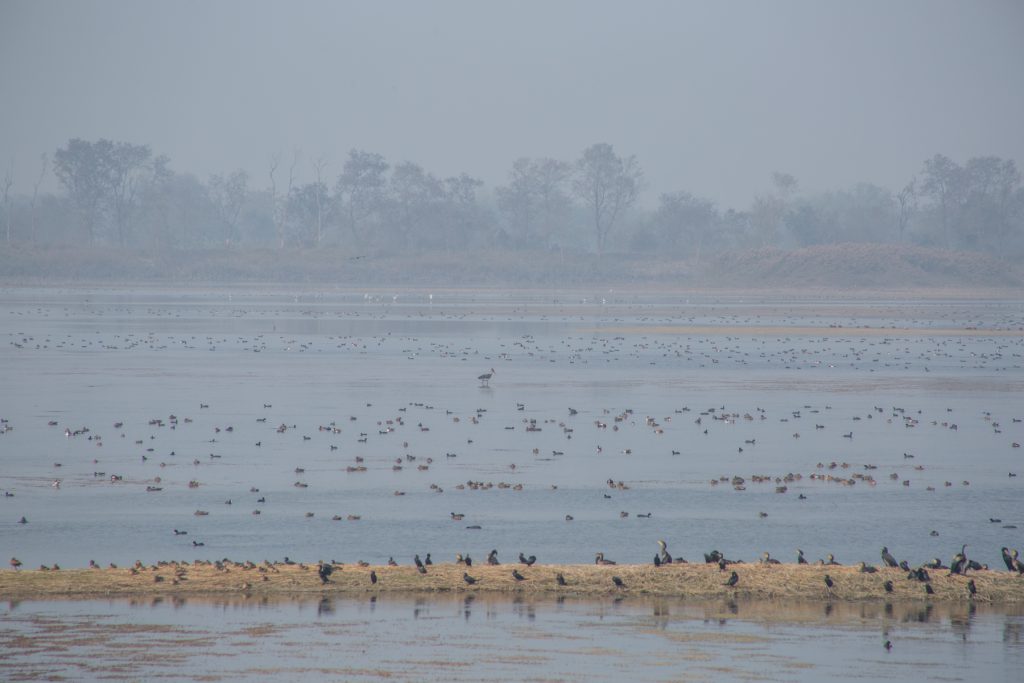
Wetlands are also a major source of livelihoods for communities across Nepal. From fish to fodder, drinking water to medicinal plants, communities benefit from the natural wealth of wetlands. “We can hardly think of life without this water source as it irrigates our fields, provides water to drink,” said Krishna Chaudhary, drinking untreated water from the source of Ghodaghodi lake in Kailali district. “We are at the source so I can drink water without treatment, but as you move south, it gets polluted and you can’t imagine drinking it,” he smiled.
Undervalued and ignored
Government officials agree that there hasn’t been enough done to protect wetlands and it is low priority on their agenda. “With increasing population pressure, land degradation, haphazard road construction and unplanned urbanization, there is tremendous pressure on wetlands and we should be more serious about protecting these water bodies which are often termed as the earth’s kidneys,” said Maheshwar Dhakal, joint secretary at the Ministry of Environment and Forests of the Nepal government. “With the federal system in place now, we hope that wetlands will receive more attention in future,” he added.
Nepal promulgated a new constitution in 2015 and decided to establish a federal system, abolishing the monarchy. Under the new constitution, federal governments are now responsible for managing wetlands. “It’s not about who has been given authority, it’s about where this falls on their priority list. Wetlands have been thought of as wastelands despite of their significant role in ecosystems and encroached or destroyed,” said Hem Sagar Baral, Country Manager at Zoological Society of London’s Nepal office and a noted ornithologist in the country.
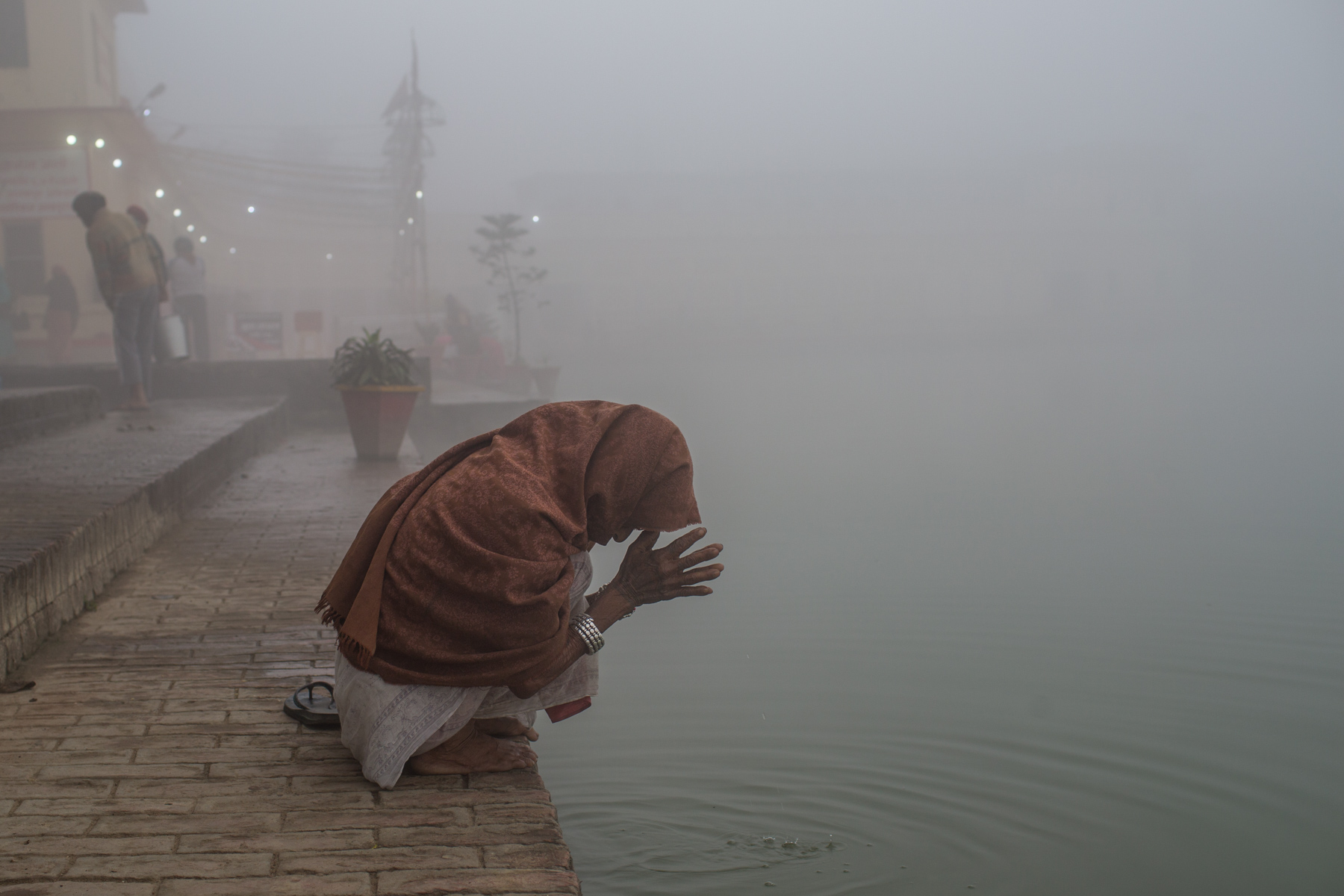
Heaven for birds but till when?
“My first visit to Nepal was in 1978. I will forever remember the remarkable diversity of bird life that greeted us in the Sal forests of the Terai – the feeding parties, seemingly in a hurry, packed full of woodpeckers, drongos, flycatchers, and warblers. Bird after bird was new for me and I was in heaven,” wrote Richard Grimmett, who now heads Bird Life International’s global conservation program, in a book titled, Status of Nepal’s birds: The National Rest List series.
But in last 40 years things have changed a lot. “About 20% of Nepal’s 878 birds are threatened with extinction, including 37 species which are threatened on a global scale, according to the latest research by Bird Life International and the Zoological Society of London. About 25% of those threatened are wetland birds.
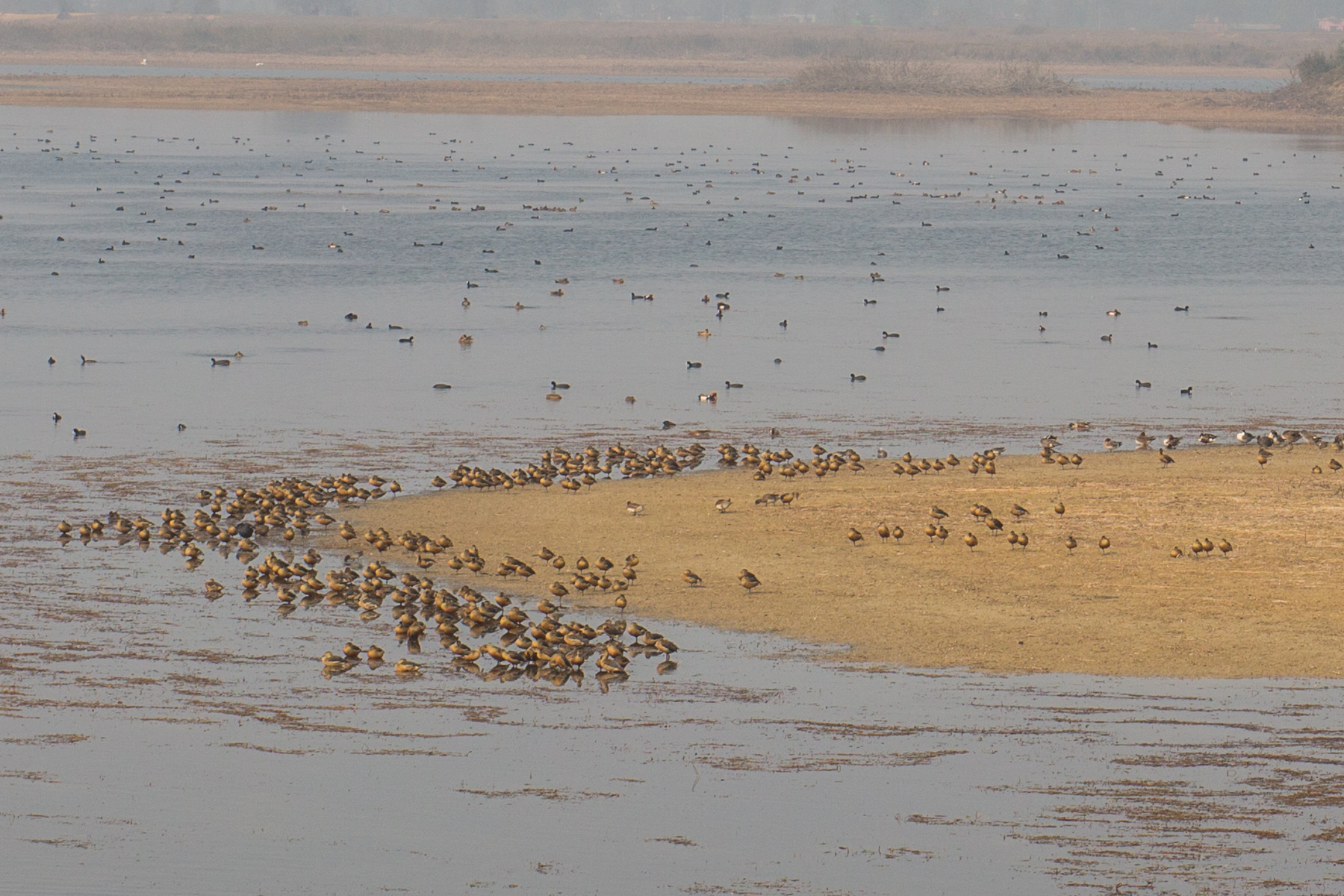
This year’s survey of birds, which is yet to be published, estimates 45,000- 50,000 birds travelled from northern Asia to Nepal this winter— travelling from as far away as Siberia. “It’s hard to count exact numbers but our regular survey shows about 150 species of birds migrate to Nepal in winter every year and about one-third of them are wetland dependent,” said Baral, country manager of Nepal at the Zoological Society of London.
But ornithologists have warned that the rapid degradation and deterioration of wetlands may lead to permanent extinction of several species. Comb Ducks used to be spotted frequently on Ghodaghodi, the largest lake in Kailali district, Nepal’s far western region. But the species hasn’t been recorded in the area for the past twenty years, said Baral. “Unlike other species, the Comb Duck won’t easily bounce back even if conditions are made favorable,” he added. The Comb Duck is listed under category II of the Convention on International Trade in Endangered Species of Wild Fauna and Flora (CITES), meaning it will soon be threatened with extinction if not protected.
There isn’t much research being done on the impact of urbanization, habitat destruction and other developmental works on the wetlands. Since the birds fly across countries it is hard to estimate full the full impact without coordinated transboundary research, Baral said, “But research in Nepal suggests overall population is declining with some species already rare and threatened,” he added.
Another ornithologist Benj Smelt, who has been doing research on birds in Ghodaghodi, said that once common species like peafowl (Mayur) have almost disappeared and called for authorities to take action before it’s too late.
Human -wildlife conflict
Jogilal Dagaura has a contract to raise fish in a small pond on the boundary of Ghodaghodi lake owned by Ghodaghodi Forest Users’ Group. While his sons sell fish in the market, his job is to guard the lake and protect the fish from birds. Every few minutes he makes a loud sound to distract birds that come to feed in the pond. As we tried to talk to him, he ran to another corner of the lake as he saw some birds trying to catch fish. It’s his daily routine. “We bring fingerlings and grow in this pond and sell in the market, but it’s hard to save them from birds,” said Dagaura.
Birds have become a source of conflict in villages because they eat their crops. In Ghodaghodi lake conservation is a story of happiness and sorrow. On the one hand, communities are happy to help protect the lake and birds, but on the other hand, birds have left them helpless. “They eat our crops, which is the only source of food for many of us, as we can’t afford to buy food. It’s really hard to farm here with birds around,” said Deepak Shah, Chairperson of Ghodaghodi Community Forest User’s Group.
People have been demanding compensation for years, but the government has turned a deaf ear. “Who listens to us? A compensation policy would have been very helpful as it would encourage local communities to engage with conservation of lakes and birds, but authorities are not the least bothered about it,” added Shah.
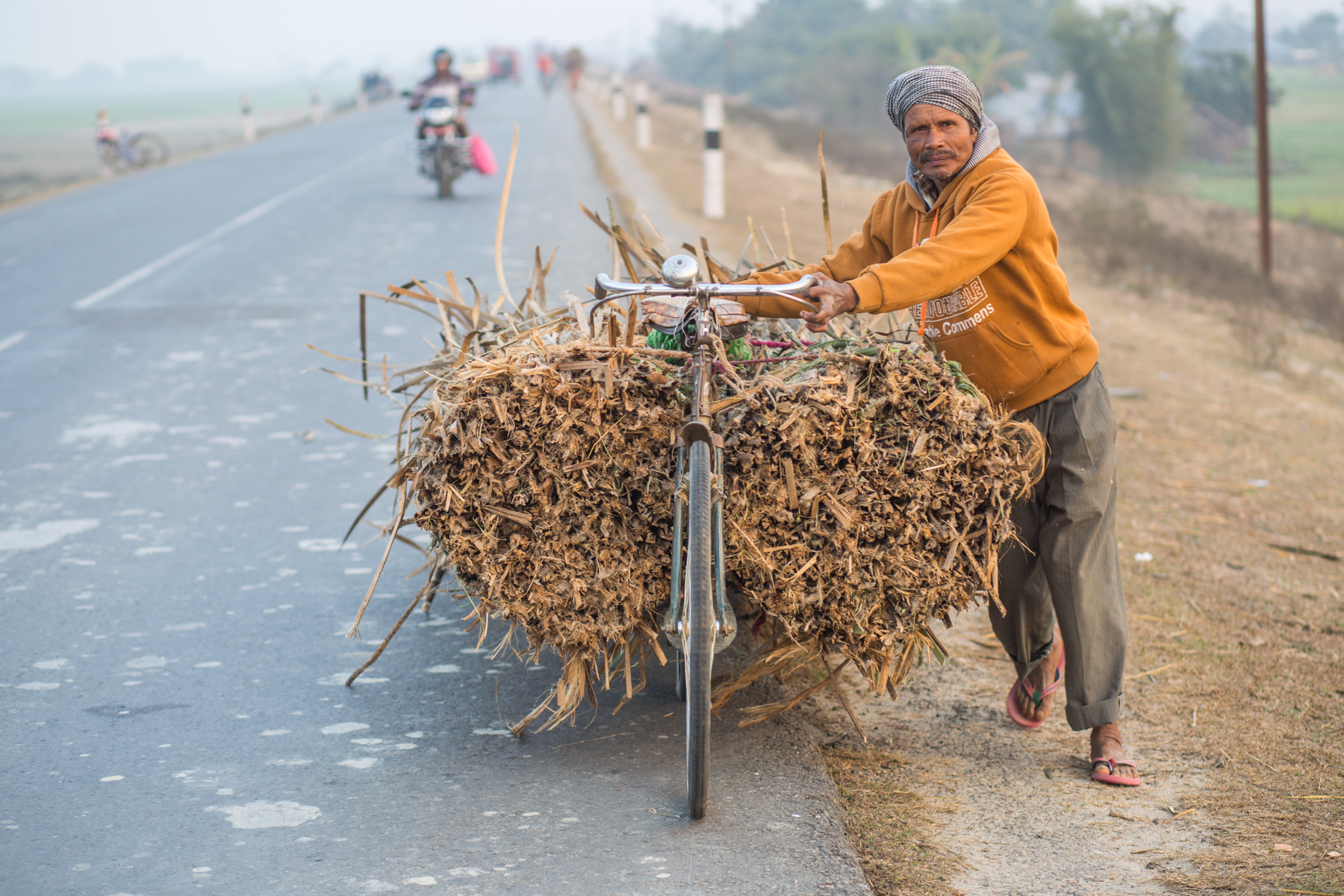
The Nepal government has a policy to compensate people for the damage caused by wild animals but this doesn’t include birds.
Deepak Shah thinks that the government is not serious about protecting lakes or forests and the community’s efforts have been undervalued. A few years ago, he said, a boy fell into Ghodaghodi lake while playing and was killed by a crocodile. Villagers dragged his body out of the crocodile’s mouth and demanded compensation from the government for his family, but not a single penny was provided.
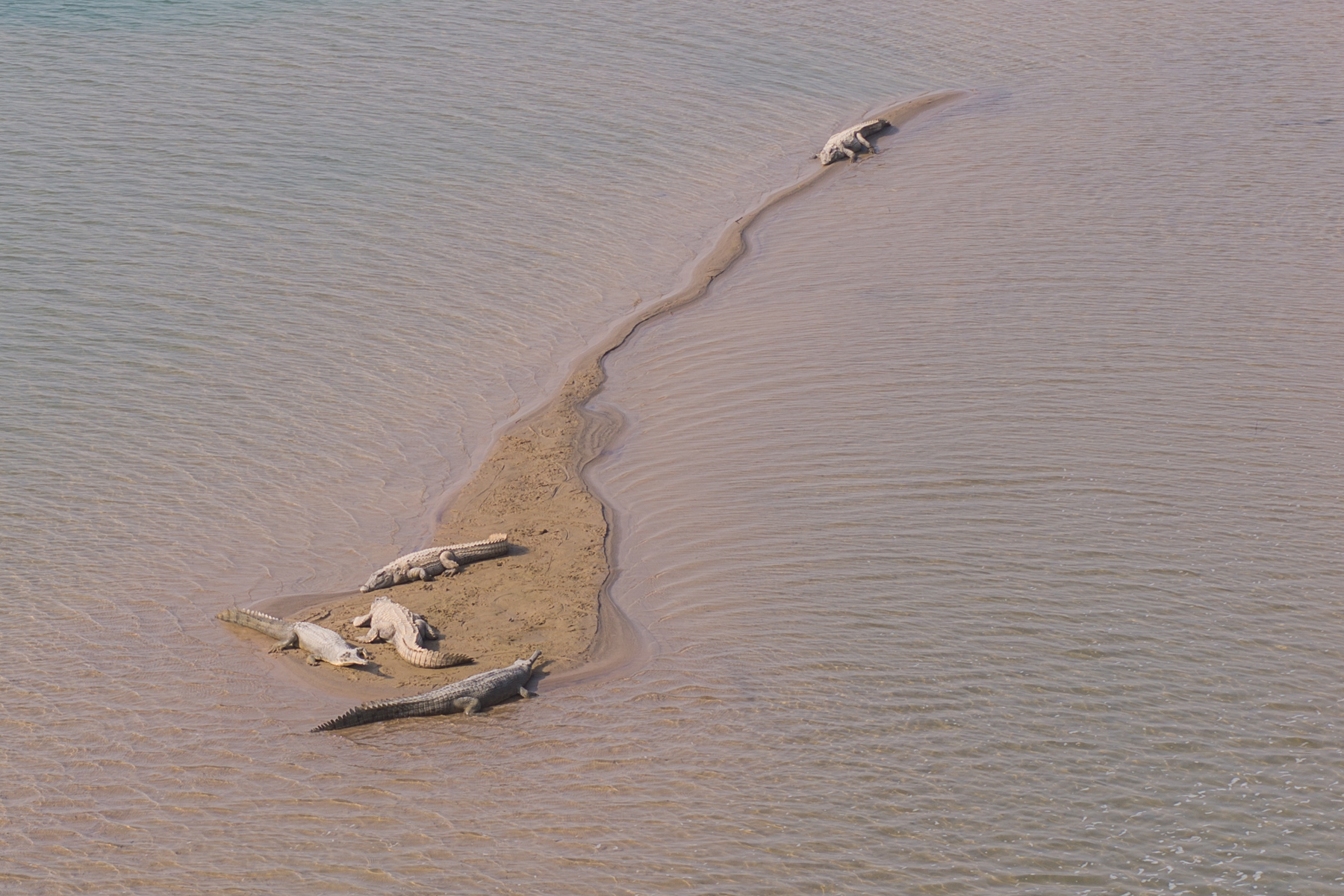
“Instead authorities took that wounded crocodile, arranged a veterinary doctor from Kathmandu and put it back in a river nearby after treatment. They didn’t even provide transportation to carry the boy’s dead body to the place of cremation,” Shah added.
The district administration office said that there is no policy to compensate for such casualties. “Despite our commitment and efforts to save the lake, the authorities have not valued our contribution and that has irked the communities. Humans have less value than animals here,” he added.
Declining fish, worried fishermen
About 21 ethnic communities directly depend on the wetlands of Nepal and fishing is one of their major occupations. “It’s hard to get fish nowadays, wetlands are shrinking or disappearing and there are too many people,” said Bimala Bote, a fisherwoman near Jagdishpur lake in Kapilvastu in west Nepal. It’s not only in Jagdishpur that fish are declining. Rupa Chaudhary in Maghi village near Ghodaghodi lake in far west had a similar experience.
Research shows that fish diversity is declining rapidly in the wetlands of Nepal, especially in the southern plains. In Ghodaghodi lake alone there has been a 50% decline in fish diversity over the last 20 years. Twenty-seven fish species were recorded in 1998, but only 13 species were found in 2017.
Fishing communities in the east are equally worried. On the Koshi riverbank we met Chandan Kumar Mukhiya, a fisherman who feeds his family of four. As fishing became more difficult he opted to take a part time job as an electrician in India’s capital New Delhi. “Fish are declining and some days I have to return home empty handed. A few years ago it wasn’t the case,” Mukhiya said.
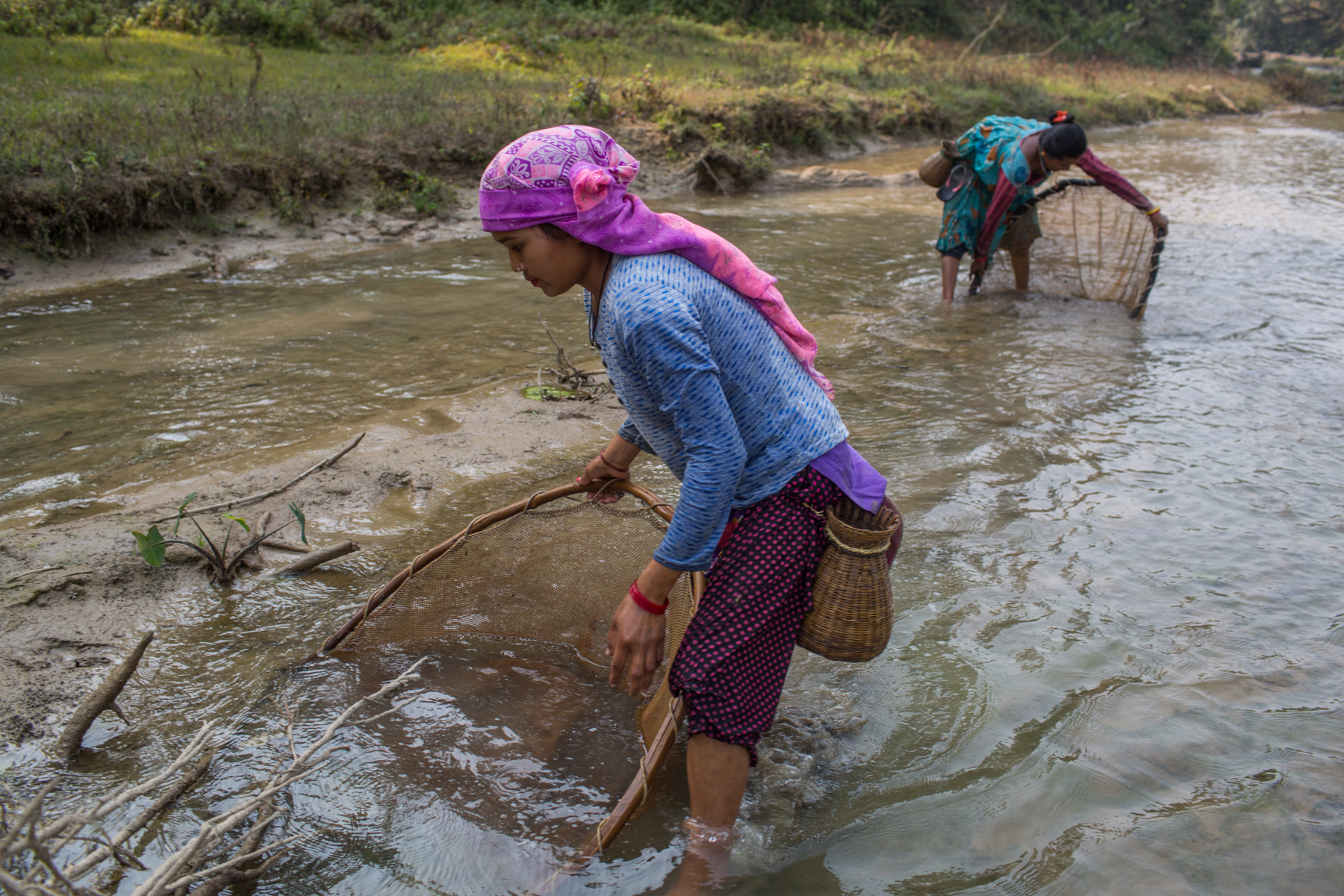
A 2009 study found fish from the wetlands of Koshi Tappu are the most important source of food and income for local people. There are 15 ethnic communities who depend on fishing in the Koshi Tappu wetland alone. “In the past there were few people who used to fish but nowadays everyone is fishing that’s why it’s hard to find fish,” added Mukhiya.
Wetlands are also the major source of drinking water for wildlife, including rare or endangered species. Wildlife officials said an increasingly dry climate across the country has put wetlands under threat – and this will lead to shortage of water for animals to drink. “We have already started pumping groundwater and collecting it in the ponds for wildlife to drink in western Nepal, but increasing dryness may lead to similar conditions in central and eastern Nepal,” said Bed Kumar Dhakal, chief warden at Chitwan National Park. “We don’t have long-term data to help us understand the pattern of change in our wetlands. I think is very important to invest in this so we can make better plans before it’s too late,” he added. According to Nepal’s Water and Energy Commission Secretariat report, the annual average precipitation over Nepal is decreasing at the rate of 9.8 mm per decade.
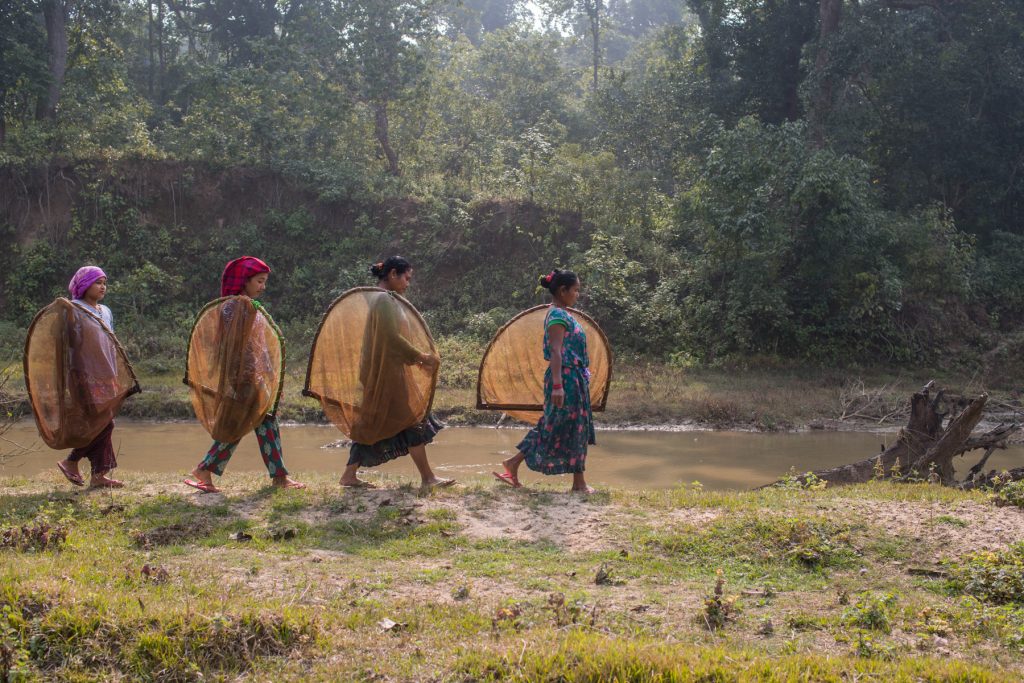
Deserve better
Wetlands are one of the most threatened ecosystems on the planet but the richest in biodiversity. “The first thing is to make everyone understand that these are not wastelands and they have a huge role in providing food, water, medicine and many other services as well as maintain ecosystems,” said Hem Sagar Baral.
As the most undervalued natural resources in the country they fall prey to any development work, but they need more respect. “Our thinking in Nepal needs to change,” said Maheshwar Dhakal, joint secretary at the ministry of environment and forests.
“For us water means rivers flowing from north to south and we hardly consider the small ponds, lakes or marshy lands that provide such an important resource to people. They deserve better respect and better management.”
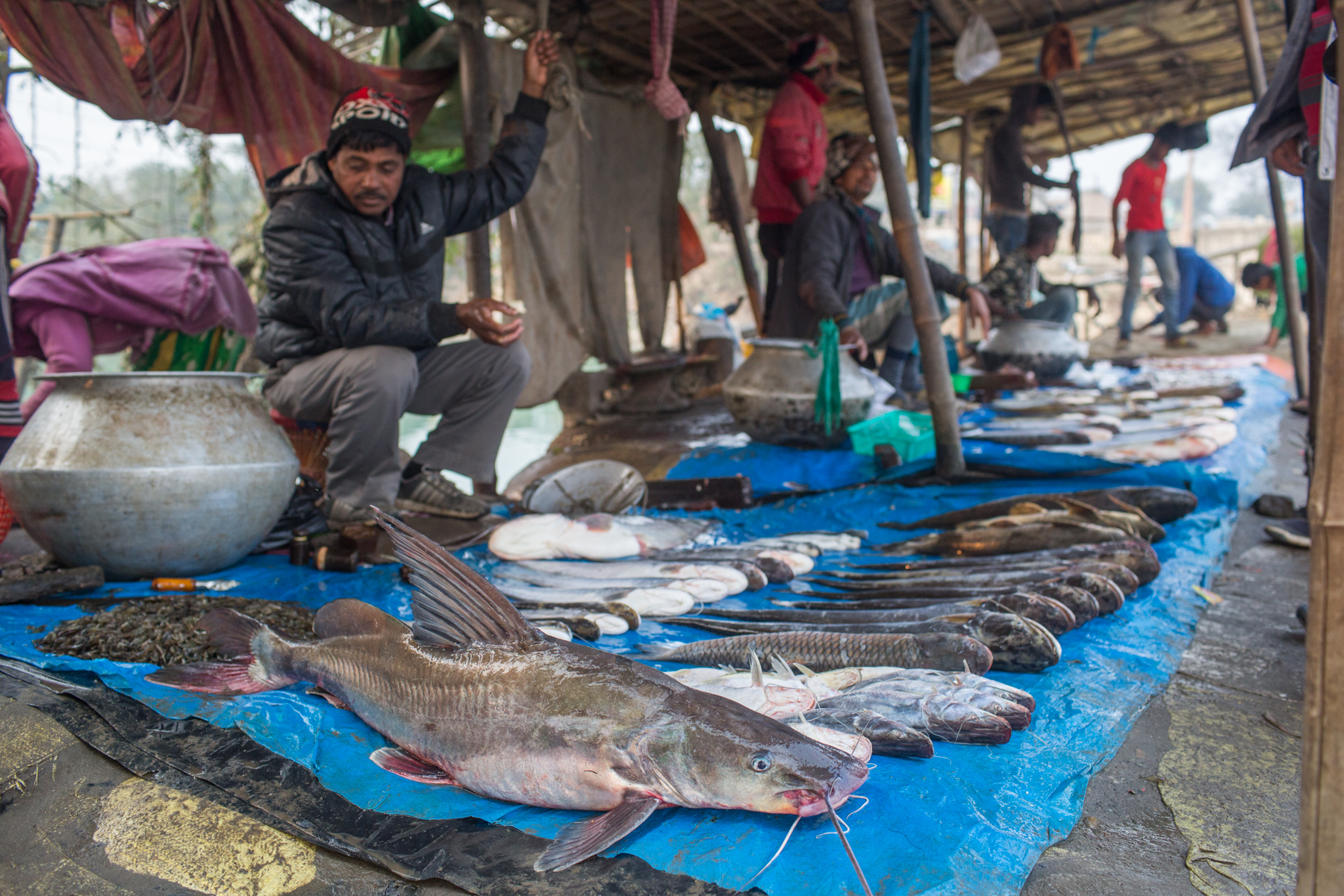
Economy dominates environment
Most of the communities we met have plans to attract more tourists and build infrastructure around or inside lake to earn money. “We would like to get boats for tourists and generate income, hopefully we will be doing this by the end of this year,” said, Chandan Kumar Bhagat, manager of Barju lake in eastern Nepal’s Sunsari district. Locals around Jadishpur had similar plans.
Conservationists worry tourist activities will damage the habitat of the large number of birds and animals that depend on wetlands.
However, locals say that it’s hard to maintain the lake without funding and promoting tourism will allow them to raise money to protect the wetlands. “If there is no benefit for locals in terms of money through tourism then who would be interested in saving these lakes,” Bhagat said.
Ornithologist Hem Sagar Baral believes the local area can attract more environmentally aware tourists. “People go with loudspeakers, dance, and drink and there is no regulatory body to monitor. Such kinds of activities have negative impacts on birds or degrade habitat. There could be different way to enjoy in these wetlands,” he said. “We can promote bird watching groups, where people enjoy nature rather than boats. Quality tourism rather than quantity would save biodiversity as well as increase income of communities around,” he added.
thethirdpole.net‘s Nepal Editor Ramesh Bhushal and photographer Nabin Baral travelled to several wetlands in Nepal’s lowlands called Terai to make this multimedia package. This story was produced with support from Internews’ Earth Journalism Network.
![<p>Fisherman by the Koshi River in eastern Nepal. This area was declared a wetland of international importance in 1987—the first in the country [image by: Nabin Baral]</p>](https://dialogue.earth/content/uploads/2018/03/1E1A2219-1.jpg)

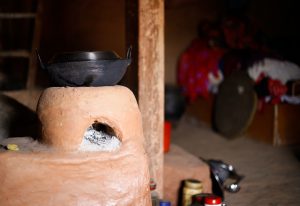
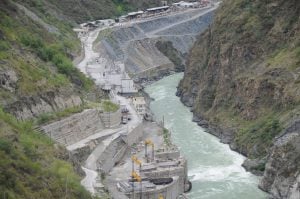


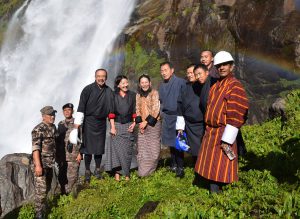
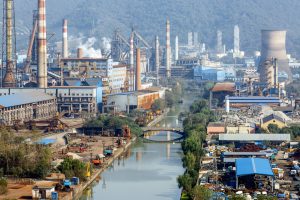
![man collecting firewood in Rohingya [image by: Mokammel Shuvo]](https://dialogue.earth/content/uploads/2018/03/Roh1-300x200.jpg)
